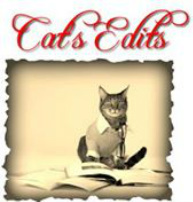 My guest blogger today is Catherine Lenderi of Cat's Edits. The importance of editing is increasingly talked about as the growth of Indie authors continues, and the quality of our work comes under closer scrutiny. Catherine talks now about this topical subject. Welcome Cat and thanks for being our guest blogger on Rukia Publishing today. Thank you for inviting me Sarah Jane. I was recently asked this in jest by an author friend of mine and the simple, brief answer I gave him was that a good editor will see the things you can’t see. No matter how skillful a writer might be, they will always skip some of the mistakes they have made, for the sole reason that they are so involved in their stories that their mind auto-corrects what their eyes actually see. They just read what they wanted to write and not what they have actually written. A good editor will not only correct the grammar or punctuation errors but will also polish a manuscript by pointing out all the problematic areas in it and suggest ways to improve it. So let us see what are the most common problematic areas in a manuscript, shall we? 1) “Show, don’t tell.” I am sure you have all heard this comment, not only by an editor but from other writers too. What does that mean? How will you know if you are telling and not showing? Well, this is what you need to keep in mind. First of all, your scenes must take place in real time. Your readers should be able to watch events as they happen rather than have you describe them after the fact. Give them just enough details to jump-start their imaginations so that they can picture your settings. In dialogues, it’s a good idea to include a little physical action every now and then to remind them of where your characters are and what they’re doing. A fiction writer must engage his or her readers, so you should rely on immediate scenes to put your story across. You want to draw your readers into the world you’ve created, make them feel a part of it, make them forget where they are. So, you have to take them there. Don’t tell your readers about your characters’ emotions. Show them why your characters feel the way they do. You don’t want to give your readers information. You want to give them experiences. 2) Characterization Every avid reader will tell you that they enjoy books with strong and engaging characters. How can you accomplish this? As I said before, a writer needs to help readers let their imaginations loose, so when introducing a new character it’s a good idea to start by giving enough physical description so that they can picture him or her. As for settings, all you need are a few concrete details for them to see it in their minds. When it comes to your characters’ personalities, though, it’s more engaging to use other techniques than a narrative summary. Bring your characters to life by showing their actions and reactions; let them emerge and develop through interior monologue and dialogue. If you tell your readers who your character is the minute you introduce them, then they will set their minds on that particular image throughout the book. But if you allow your readers to get to know your characters gradually, each reader will interpret them in his or her way and get a deeper sense of who your characters are. Be careful not to give unnecessary details about your character’s life. Though it might be a good idea for a writer to delve into their character’s past in order to better understand the character in the present and bring him or her to life, we as readers don’t have to know every detail. Let us imagine a few things for ourselves. 3) Point of View That’s surely another point writers hear editors mention a lot. So, what can you do to avoid changing your point of view among your characters? Well, let’s see what each of the three basic approaches of point of view has to offer first. The first person is the “I” voice, where all the narration is written as if the narrator were speaking directly to the readers. The first person point of view gives your readers a great deal of intimacy with your viewpoint character. Readers are invited into the character’s head and see the world through his or her eyes. However, what you gain in intimacy with the first person, you lose in perspective. You can only write about the things your character knows, which means you have to have your main character on the spot whenever you want to write an immediate scene. In case a book is written entirely in the first person and there are more than one main characters, then you can use multiple first person point of views from each one of the characters. Of course, that might be proven tiring, not only to the reader but to the writer as well to write the same scene from two or three or more point of views. Instead of being written from inside the head of one of your characters, a scene in the omniscient point of view is not written from inside anyone’s head. However, though the omniscient point of view allows you a much better command in descriptions, since it offers wider perspective of the scene, it lacks in intimacy. The readers can’t easily relate with your character’s emotions that way. Then there is the third person, which strikes a balance between the other two approaches. When you describe your settings and actions using only words from your viewpoint character’s vocabulary, you’re not only telling your readers the facts, but you’re showing those facts through your viewpoint character’s history and sensibility. On the other hand, when your descriptions are more verbose and observant than what your viewpoint character can manage, then you’ve put distance between the two. 4) Repetition My clients will definitely tell you that my most frequent complaint to them is word repetition. This is a common phenomenon and though most writers already know how to edit out places where they have literally repeated a word or phrase, it is most likely that they will skip some. However, word repetition, though tiring to the eyes of the reader, is not the most problematic of the kind. The repetition of an effect is much more serious and should be avoided. Whether it’s two sentences that convey the same information, two paragraphs that establish the same personality trait or two characters who fill the same role in the plot, repetition can rob your writing of its power. Though it might seem to you that by writing the same action you will increase the intensity of the scene, believe me that in most cases you will have the opposite result and your reader will only feel exhausted by a book that says the same things over and over again. Keep in mind, for example, that habitual gestures of characters, though they provide a clearer image of the character’s personality, should be described in entirely different words. You still think you don’t need an experienced set of eyes to improve your manuscript before attempting submission for publication??? Guest blog by Catherine Lenderi Cat's Edits http://catsedits.weebly.com/ Catherine is also a founder member of The Booktrap, a website and resource for readers and authors. "Authors from all over the world have come together with the sole purpose to offer you a convenient and entertaining reading experience." http://thebooktrap.weebly.com/
1 Comment
 G'Day tweeters! Some of you may know me from Twitter @SarahJanewrites and the chances are we are followers of each other, if not then we should be!! Twitter is all about numbers. The number of people who follow you (followers;) the number of people you follow (following;) the number of retweets (RT's) and the number of favourites, videos and photo's you have. It's a numbers game. Therefore, when it comes to book promotion on Twitter there is more than one way to approach it. By the same token, who is to say which is the best or the most productive way, because as we know everyone and everything is different. What works for one book may not work for another. That said one thing is universal, posting your book links on Twitter is an essential part of your marketing tool kit. It is also a fact that some people do not feel comfortable with self promotion, and therefore it can be difficult to continually disguise your 'buy my book' or 'share my book' tweets. That's where the concept of authors helping authors can really help. Groups utilising this include:Tom Winton's Facebook Group #TWFBG , Rukia Publishing Book Promotion page #RPBP , We Love Memoirs group #WLM and The Booktrap Facebook and Twitter group @The_Booktrap. Let's look at this simple example: would you prefer to buy from a product producer who said "this product is the best on the market," or would you buy from someone who said, "I bought this product and it was really great and I would recommend it to you." I know which I prefer! Let's look at that in terms of Twitter: Frank has a new release and he tweets: Frank Kusy @Wussyboy · 15 hours ago OUT NOW! "Off the Beaten Track: My Crazy Year in Asia." http://authl.it/21z #ASMSG #IARTG #TWFBG #travel Pls RT! Rukia Publishing makes a tweet and the Rukia team of 6 other Twitter accounts RT this. Sarah Jane Butfield retweeted Rukia Publishing @RukiaPublishing · 22 hours ago NEW RELEASE NEWS!!!! Frank Kusy has released Off The Beaten Track #RPBP #TWFBG #ASMSG http://bit.ly/obtNRFK get... http://fb.me/7819nTUdq Promotion by others often yields more power than self promotion and it's easier to achieve. How do you tweet yours?
There are several ways to tweet your book, it really depends on what you hope to achieve. 1. The title of the book, the link and at least two hashtags to increase chance of RT's 2. A quote from a review, the link, and hashtags 3. A picture, a link and a quote from the rankings on an aggregator 4. A link to your website, Facebook page etc., a picture and hashtags The combinations are endless, and they need to be as some authors post between 5-60 tweets a day! Some things are clear when you examine the number of retweets: Adding a picture can increase RT's Third party recommendations work better than self promotion Belonging to and using the hashtag of a support group really works Making sure you have a pinned post for new followers to tweet when they first visit your profile. Considerations: Are you trying to direct people to the sales site or aggregator? If so you need to tempt them. Are you trying to raise awareness or promote your author platform? If so it needs to be well represented in terms of the author photograph, bio and book blurb. Do you want to encourage everyone to celebrate a success with you? If so a screenshot of the result etc., is essential. Whatever the reason/objective for the tweet, what you actually want is for people to: 1. Retweet you to expose the tweets to a larger potential audience who may buy, like or share. 2. Click the link to your book, author page, etc. What's the best way to gain exposure by using Twitter? The answer is easier than you think, and it's concept that many Facebook groups and author support groups including #TWFBG TomWinton's Facebook Group, #RPBP Rukia Publishing Book Promotion and @The_Booktrap are already utilising. By adding a hashtag from a group that you belong to and taking part in reciprocal sharing means that while you share other peoples book links they are sharing yours. This means your audience is extended. When you add into this equation using a buddy systems of tagging people who you would like to RT you then the opportunities are endless. For more on how you can access greater Twitter exposure be sure to follow @RukiaPublishing and watch for upcoming blog posts with hints, tips and strategies on how to make good use of your Twitter time. Visit www.rukiapublishing.com for more ideas on FREE ways to promote, or have your book promoted for you. If you found this blog post useful or interesting, please share it and be sure to take a look at the Facebook and Twitter groups that may suit your book/genre. Happy tweeting from all at Rukia :) Sarah Jane 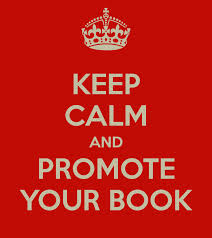 Rukia Publishing Book Promotion on Facebook Hello authors Are you looking for somewhere new to post your promotional book links? Yes, then pop along to https://www.facebook.com/promotingauthors and www.facebook.com/RukiaPublishing LIKE the pages and follow us on Twitter @RukiaPublishing and/or @SarahJanewrites then just post your link. It is as simple as that!! We will work to get it shared and tweeted for you by @Marketing4books (aka Rob) @taffy_cam (aka Book Nerd) @NigelButfield (aka RukiaPublishing) @sparkysam12000 (aka Samantha Parker) @Bookanimal1 Keep promoting for FREE with Rukia Publishing, by sharing and retweeting for each other we increase exposure to our work. Feel free to post promo's book links, blog posts, etc., anytime! Good luck Sarah Jane & the team at Rukia Publishing Top tip: A ready made tweet included makes it a faster more efficient service!!  Image source: http://www.searchenginepeople.com Image source: http://www.searchenginepeople.com This blog post arrived in my inbox today and as I read it I realised it was something that needed sharing. I hope you enjoy it. Thank you Dylan for allowing me to share this great post :) Originally posted on Suffolk Scribblings: by Dylan Hearn FEAR OF THE BAD REVIEW The biggest fear of any author is that people will hate their work. All authors suffer with this anxiety to a greater or lesser extent; whether they have a history of success or are just starting out; whether they are traditionally published or self-published. In fact, the fear is greater for a self-published author because they don’t necessarily have the sense of validation that winning and agent and a publishing contract provides (not that this is any salve for anxious traditionally published authors). To publish you need to overcome this fear but sadly, for many, they never do. You need to be a special kind of masochist to become a writer. I’ve spoken in previous posts about how you cannot write something that everybody likes. It’s impossible. Why? Because the things that makes a book interesting and engaging are different for different people. Some people love flowery prose, others detest it. Some like their action loud, with explosions; others prefer the explosions to remain on the inside. The best, most revered books receive one-star reviews, as this wonderful post by Heather Hill explains, so at some point in your career you should expect to receive a bad review (or two). Read more of this blog post here http://authordylanhearn.wordpress.com/2014/10/12/fear-of-the-bad-review/ Don't forget to comment and share using the social media icons on Dylan's blog. Have a great day, Sarah Jane |
FREE EBOOK ALERT!LIVE CLEAN
|
Photos from Rising Damp, Nelo Hotsuma, Archives New Zealand
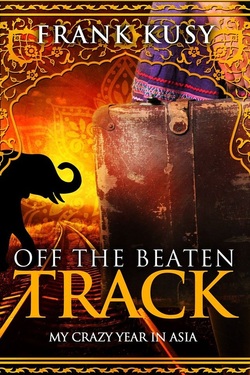

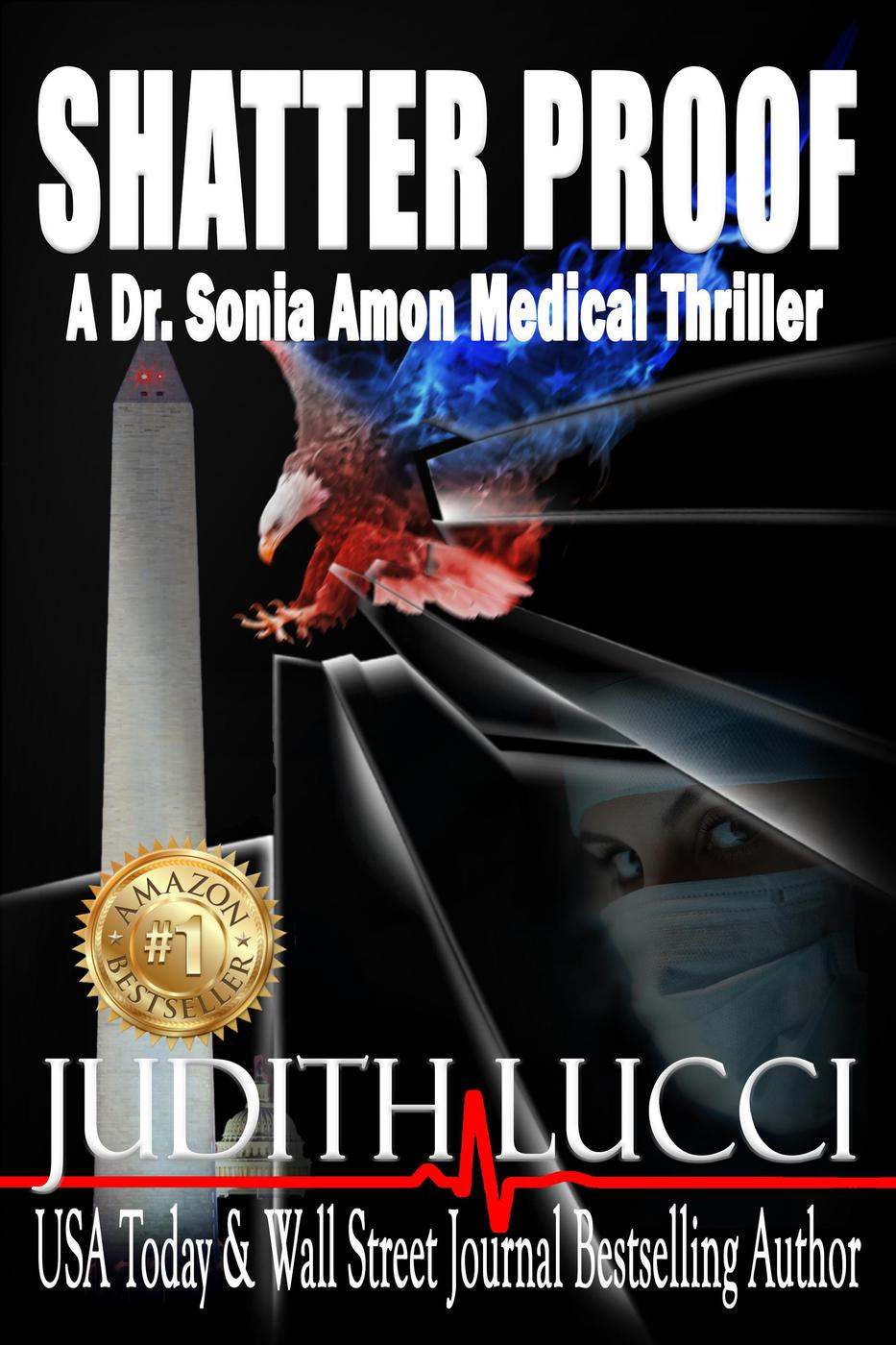
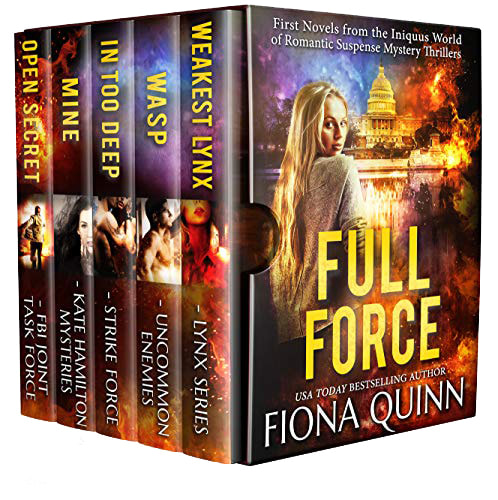
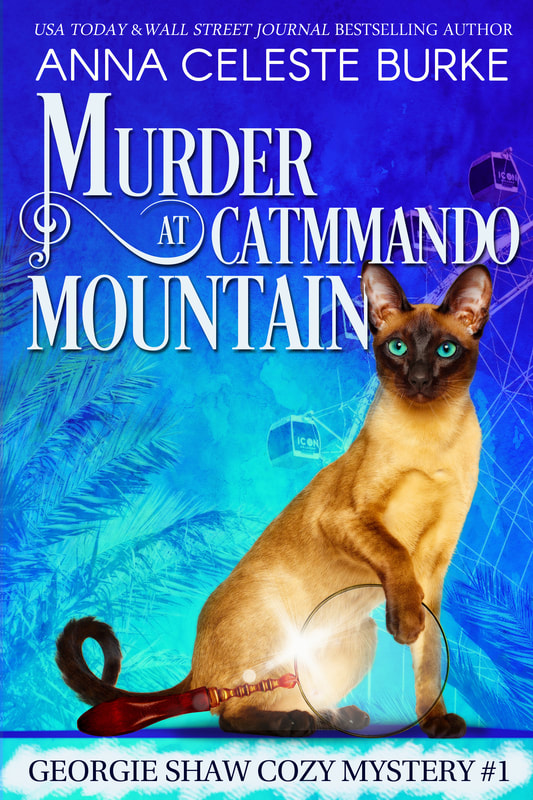
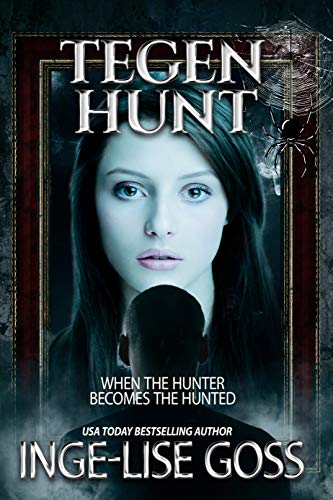
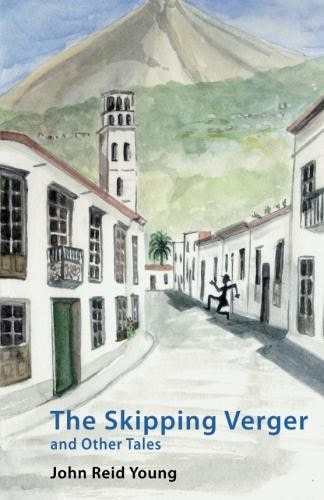
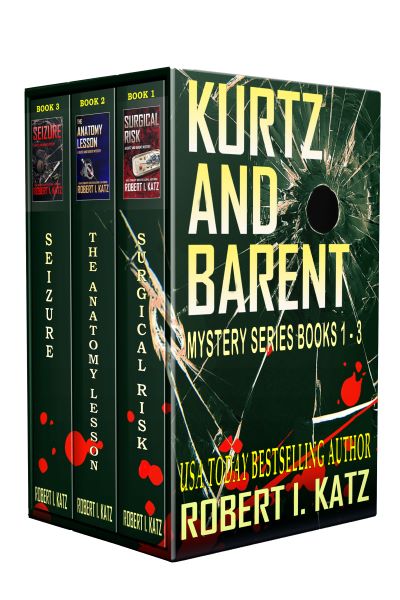
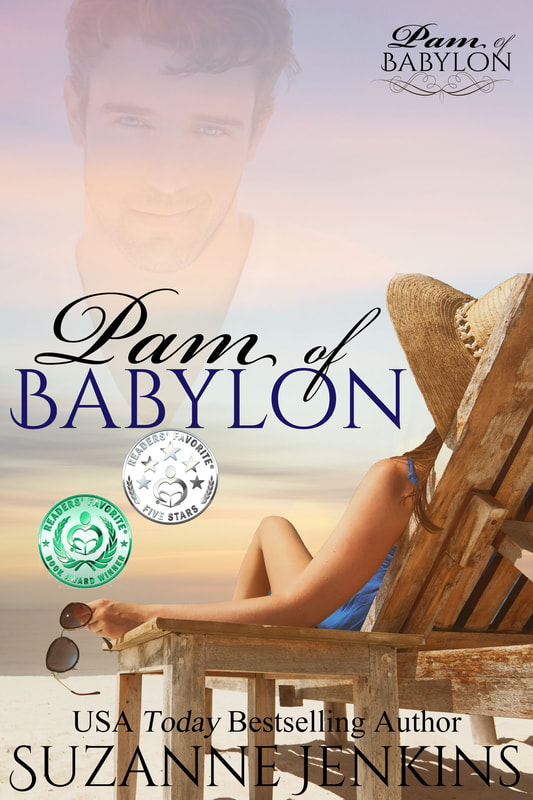
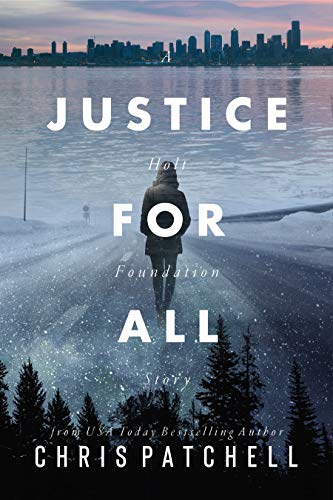
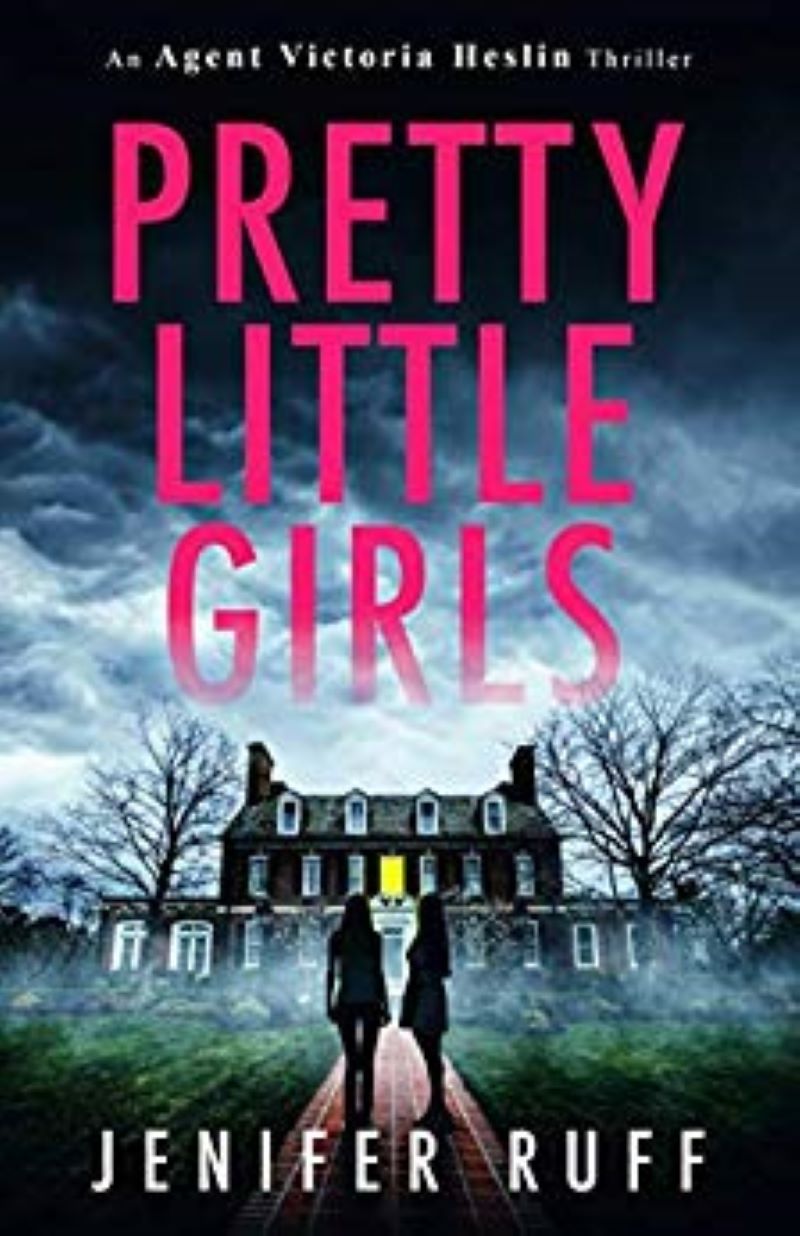

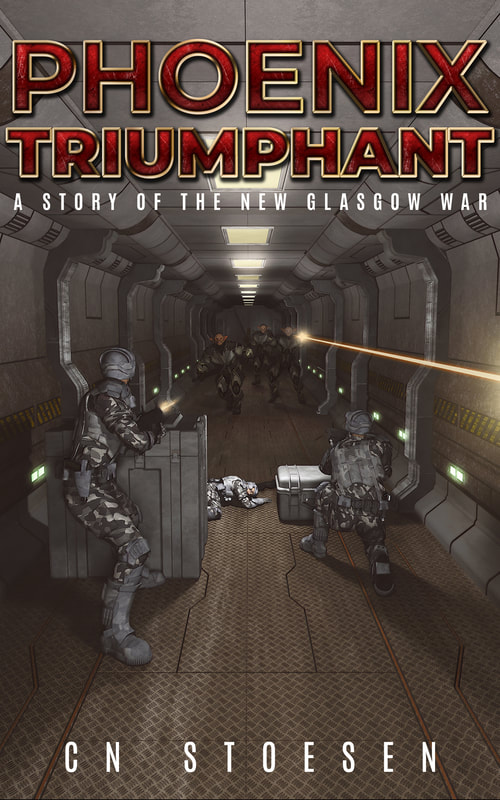
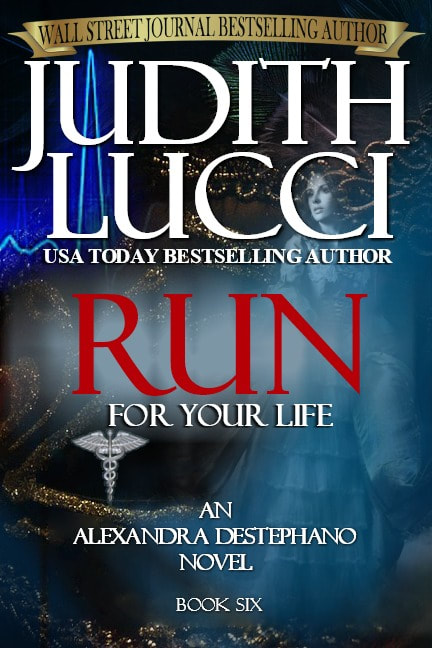
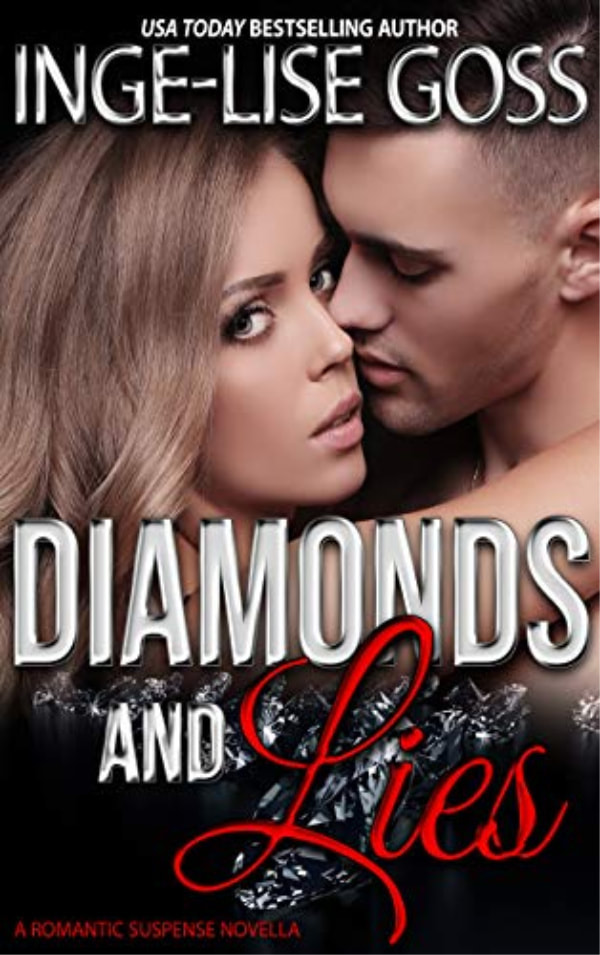

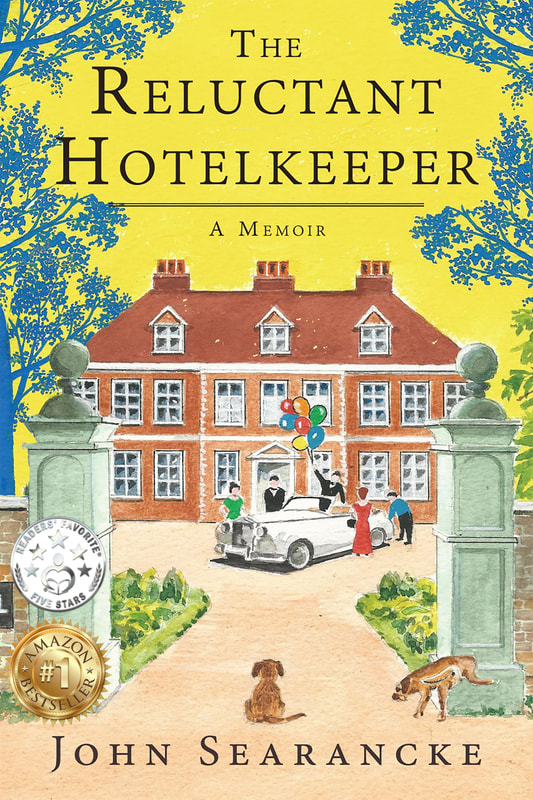
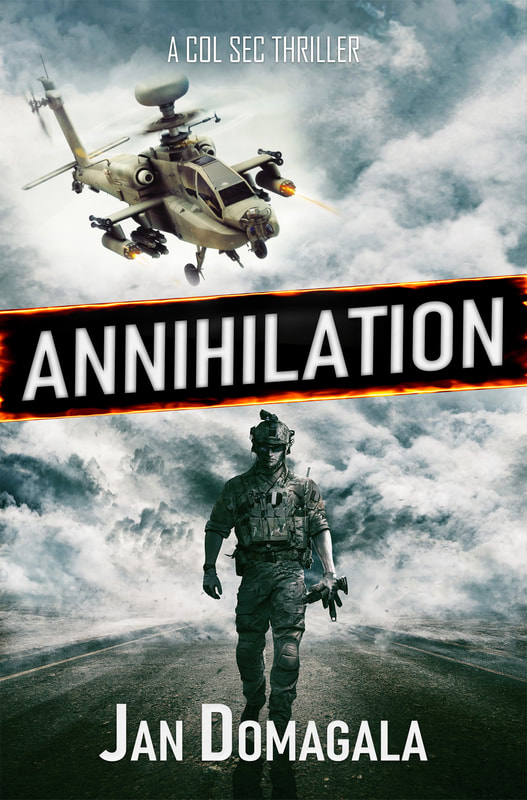
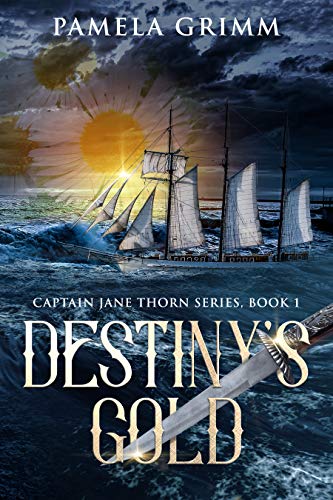
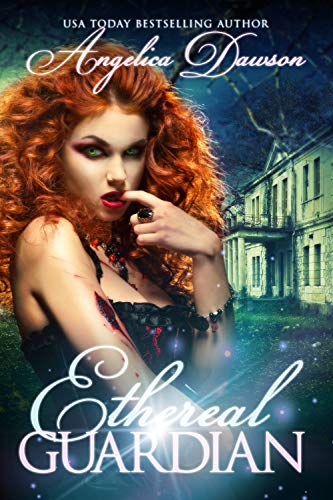
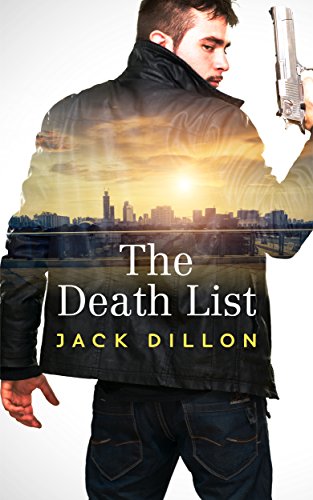
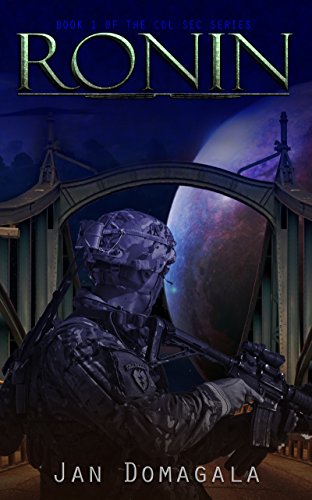
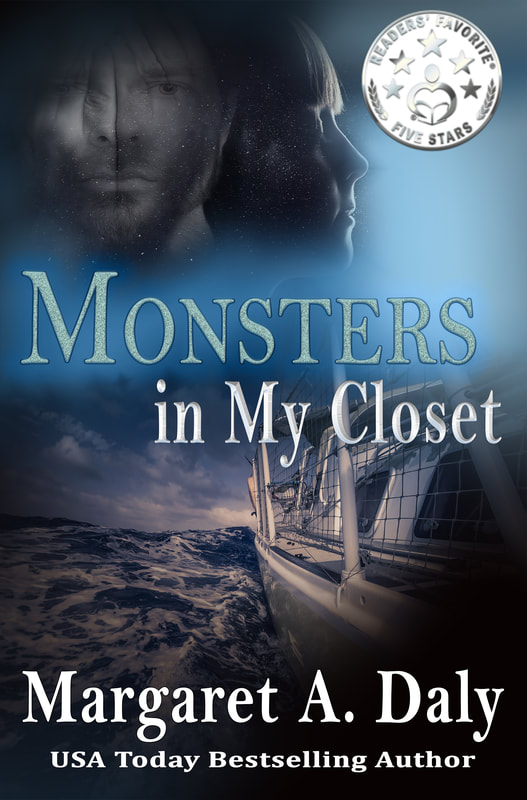
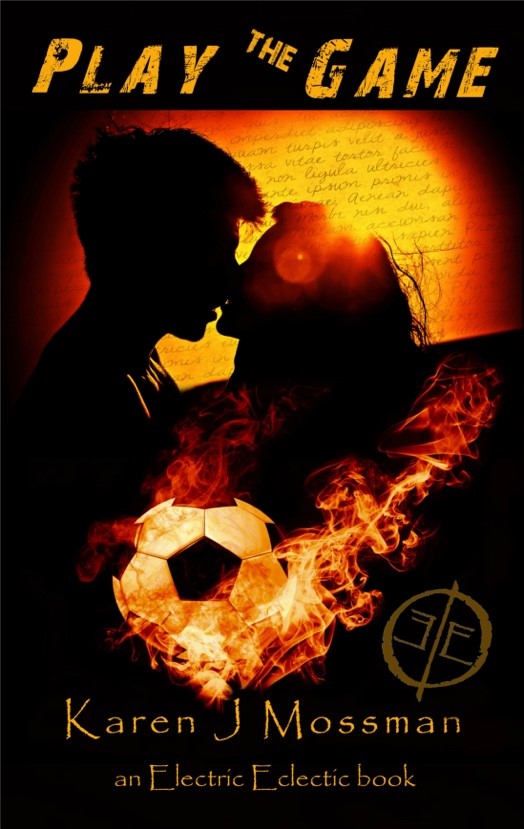

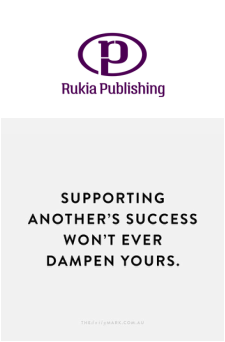



 RSS Feed
RSS Feed
